Flying into Haiti
The best of general aviation in the worst of times
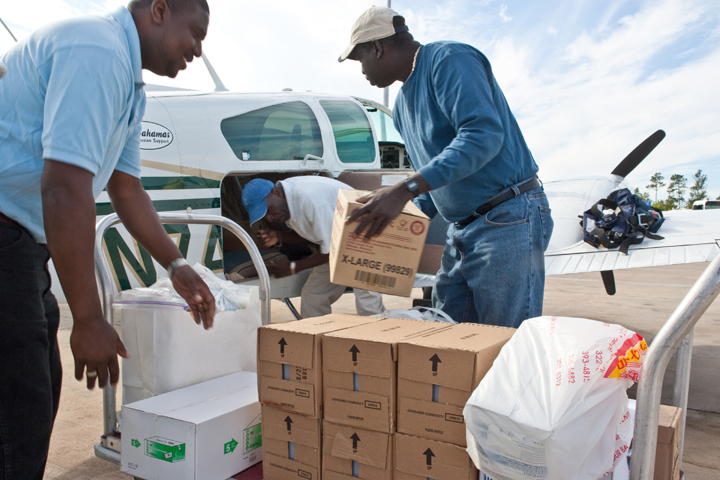 Click the image above to view a slideshow.
Click the image above to view a slideshow.
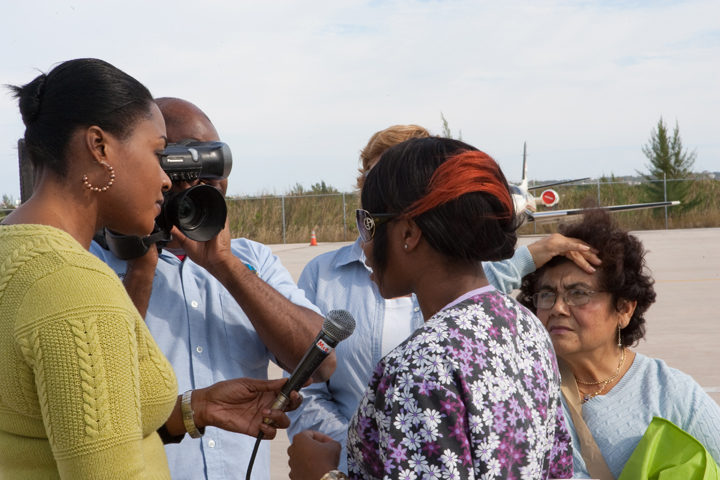
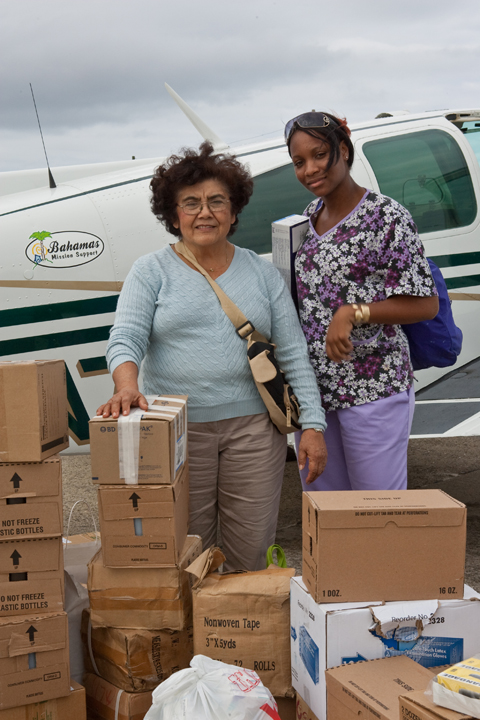
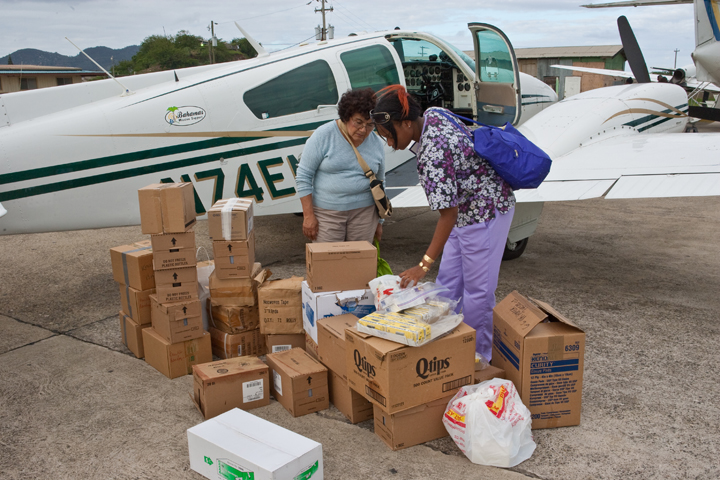
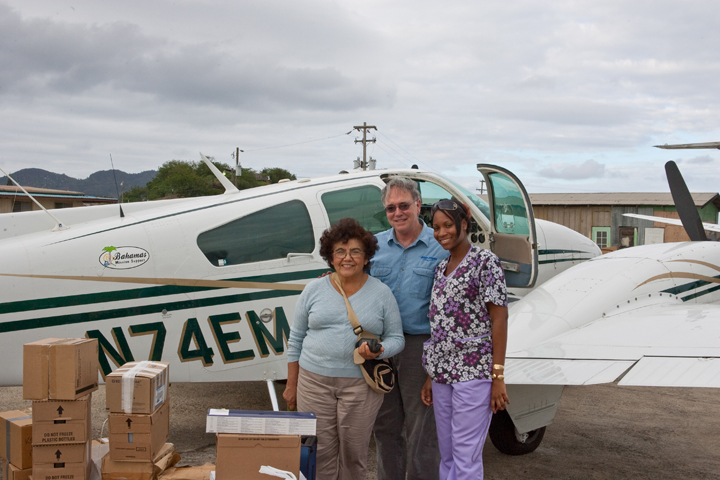
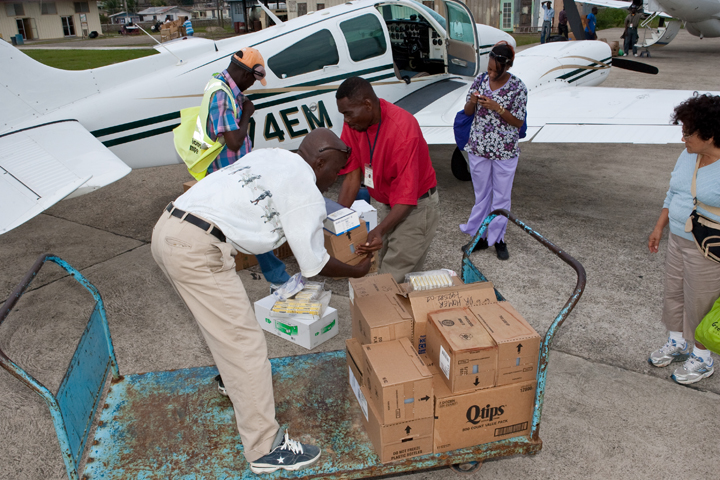
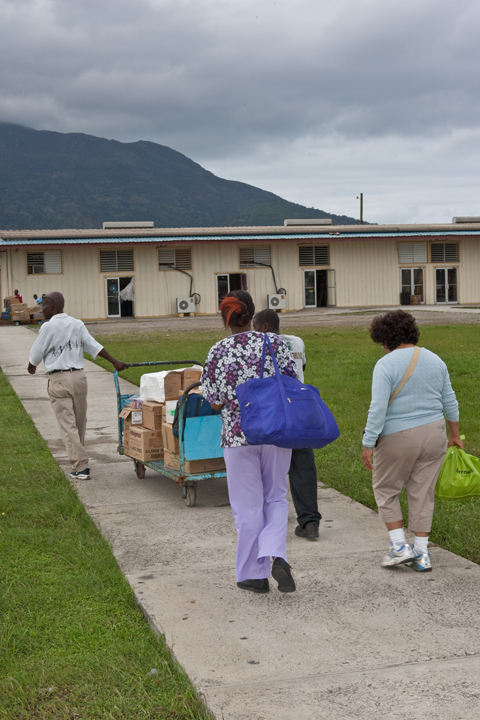
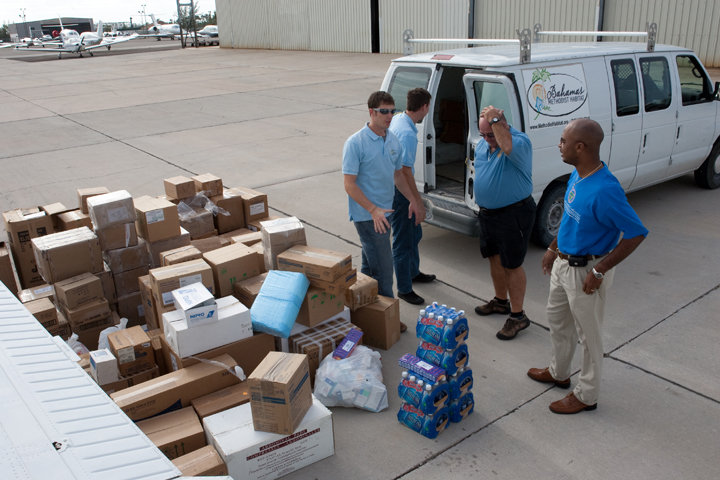


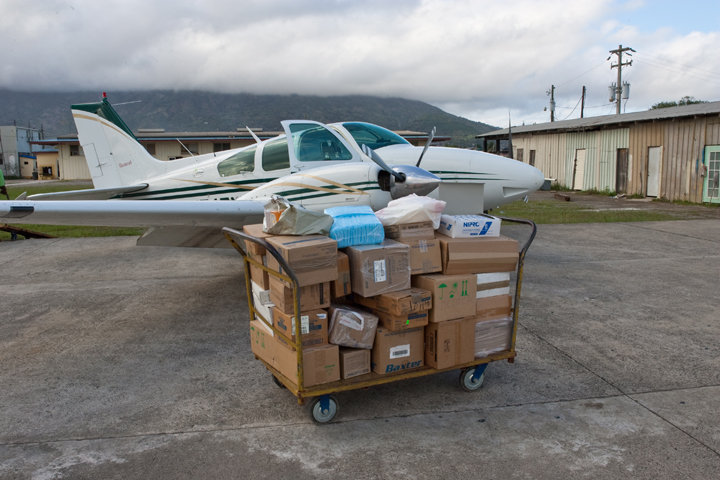
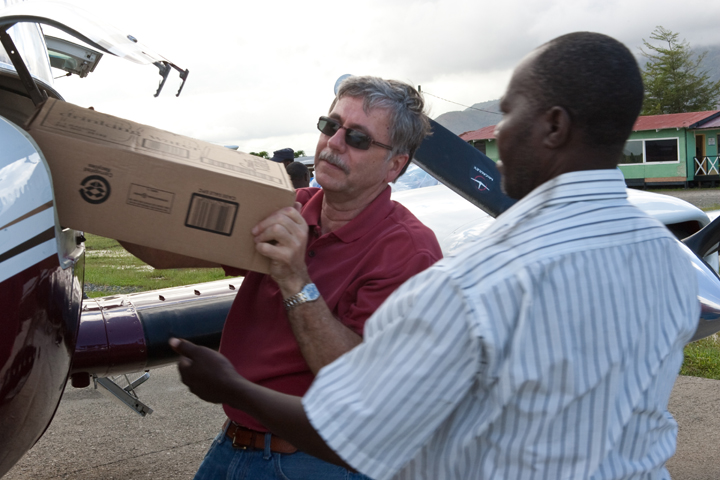
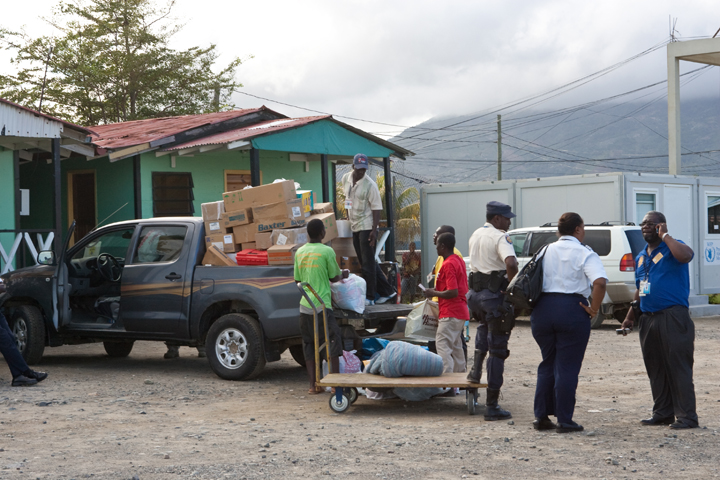


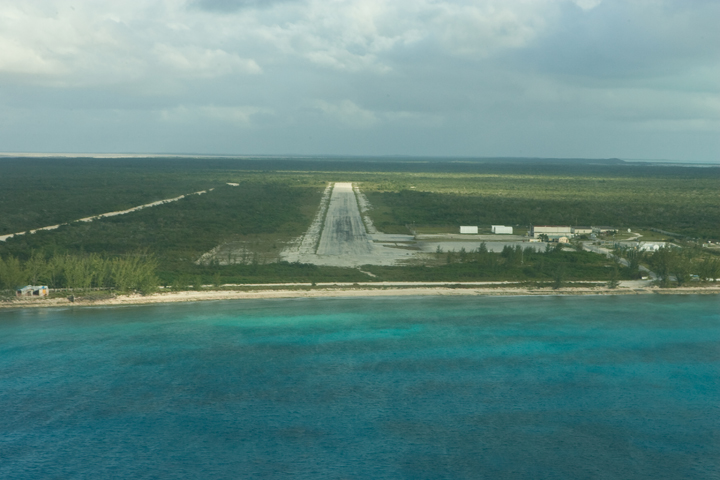


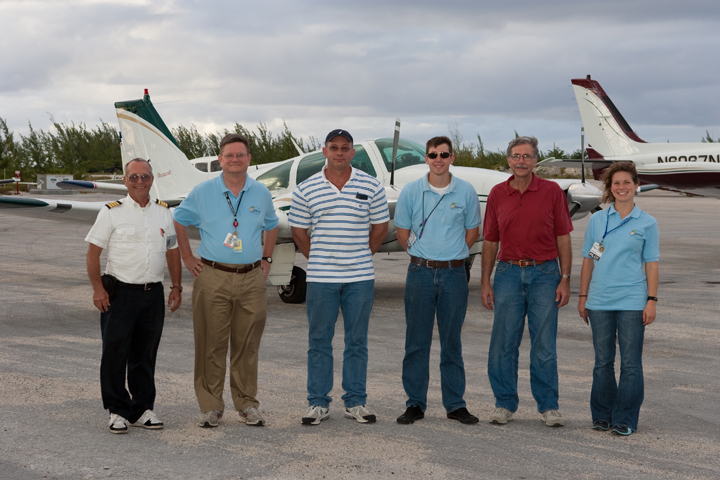

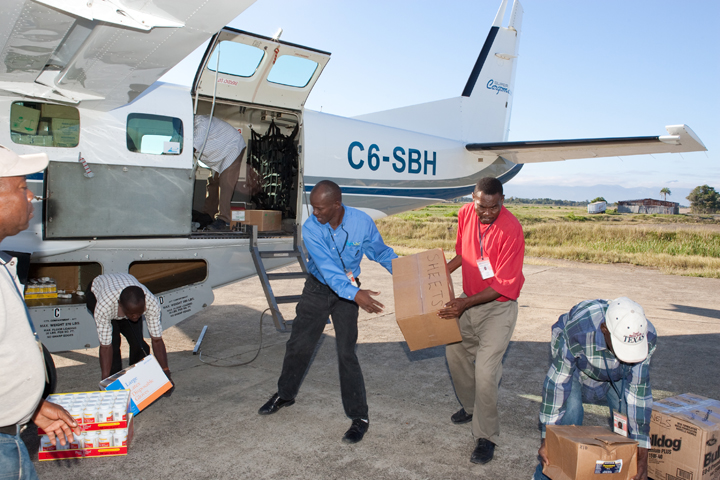
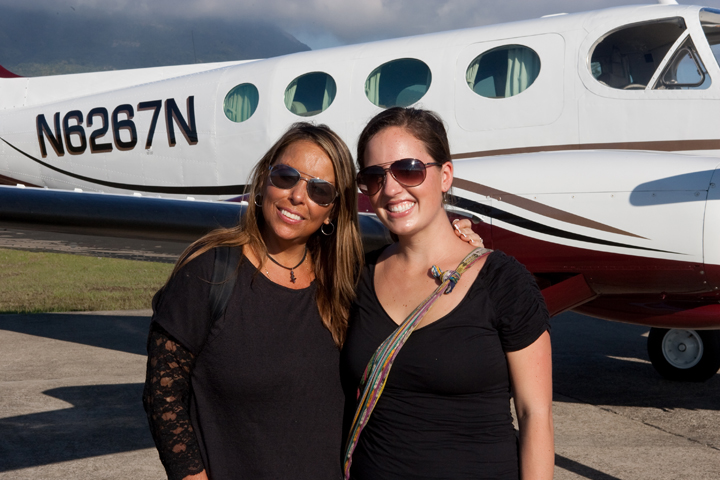
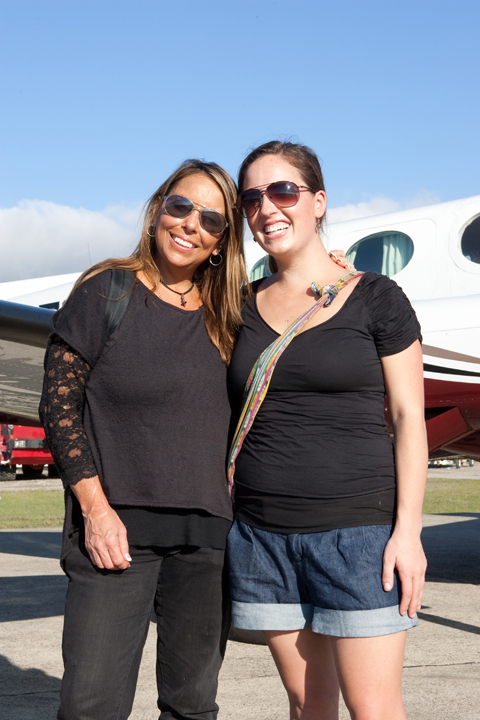

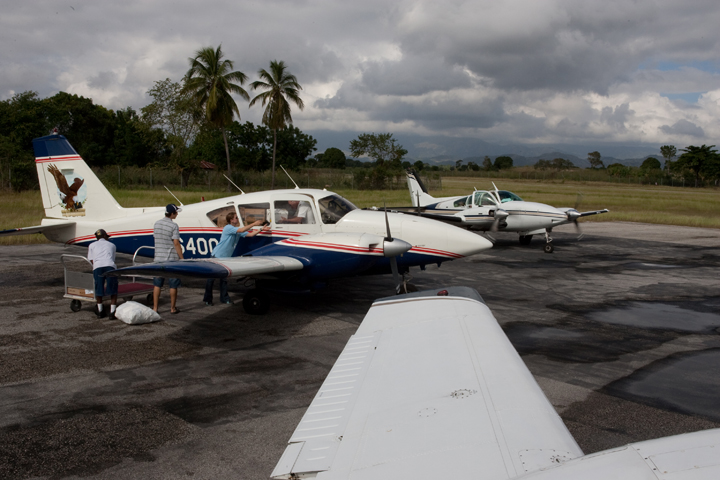
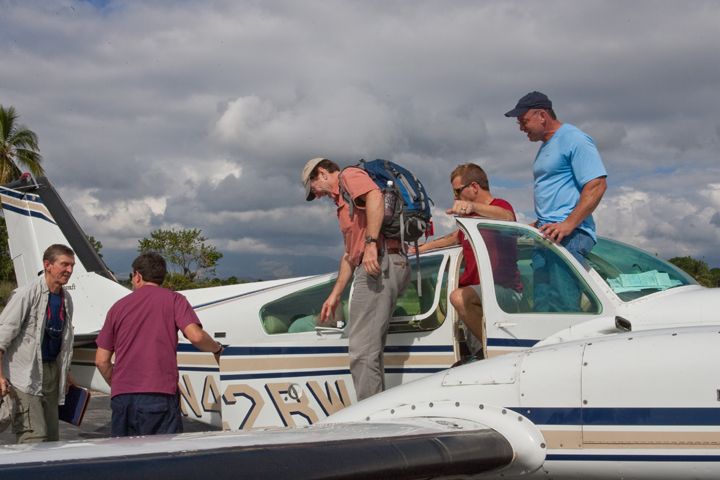
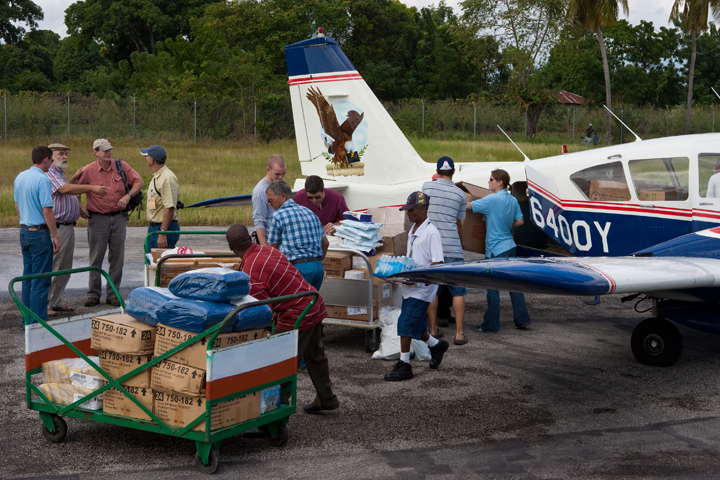

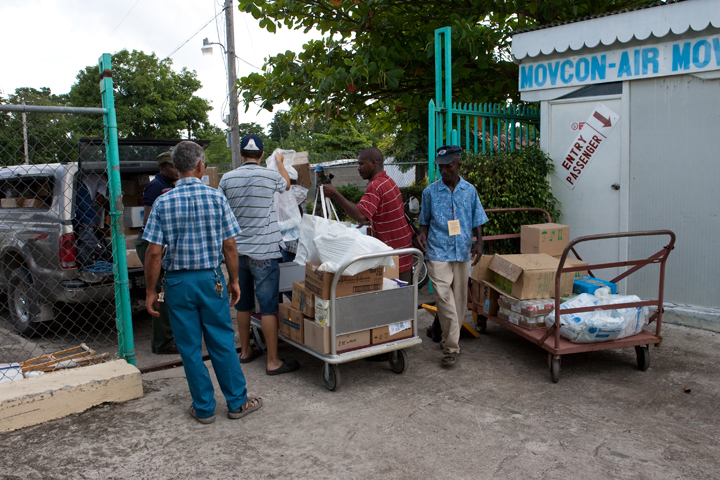
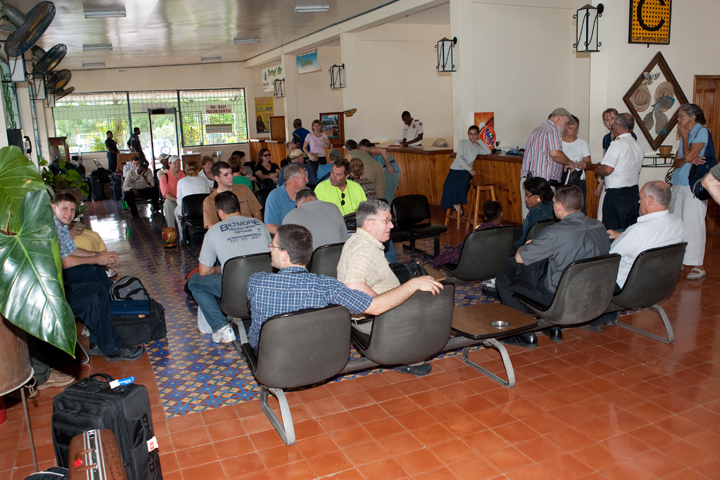

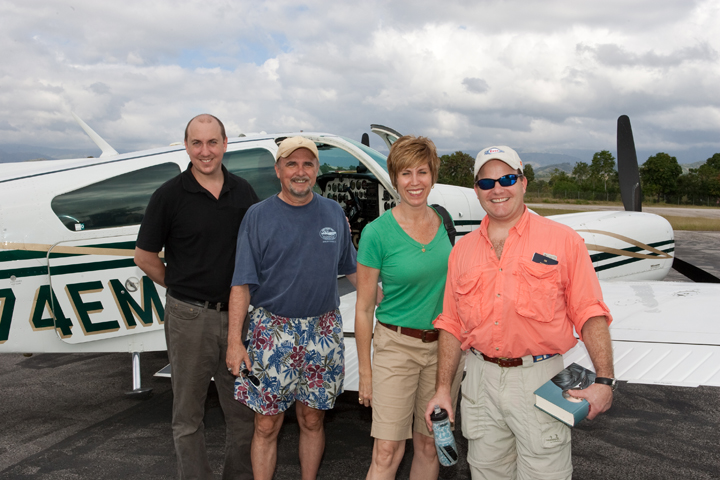
Ahead of us lay the Bahamas island chain, stretching 435 miles to our destination on the north coast of Haiti. Behind us, filling the Baron’s cabin, was precious cargo that could help to heal the injured, and save lives. It was Friday—just the third day after the magnitude 7.0 earthquake, centered about 10 miles southwest of Port-au-Prince, rocked the island of Haiti on January 12—and we carried a doctor and a nurse who had volunteered to travel into the heart of the quake zone.
The day before I had called Steve Merritt, a friend who is with Bahamas Mission Support (BMS) and who would be using the organization’s recently donated Beech Baron to help quake victims. He confirmed that with the help of Rotary International of the Bahamas, BMS would deliver donated medical supplies and health-care workers to smaller airports away from the near chaos of the main airport in Port-au-Prince. He offered me a seat.
BMS, also known as Bahamas Habitat, was well aware that the call had gone out for GA pilots to avoid giving into the initial desire to fill an airplane with supplies and head toward Haiti. AOPA and others were advising that the best course was to donate funds to help established relief organizations get larger aircraft into Port-au-Prince. Reports of long holds and supplies piling up on the ramp meant that pilots of smaller aircraft ran the risk of doing more harm than good by trying to enter the maelstrom that was Toussaint Louverture International in devastated Port-au-Prince. BMS and like-minded aviation service organizations knew it was time to do what general aviation aircraft could do best: deliver critically needed people and supplies to outlying airports where they could quickly make their way to clinics surrounding the quake zone.
Our first mission began with an arrival at the Odyssey FBO in Nassau, Bahamas, on Friday morning, and it was obvious that Abe McIntyre of Bahamas Methodist Habitat (sister organization of BMS) and Richard McCombe of Rotary International had been hard at work. The staff at Odyssey got us though Customs and Immigration in record time, and soon the Baron was loaded with supplies; a local TV station had interviewed Dr. Gloria Ageeb and nurse Moniquea Fortune; and we were in the air en route to a refueling stop at Great Inagua—the last island in the Bahamas with fuel before Haiti.
The stop at Great Inagua was just long enough for Ageeb to talk about why she had volunteered to leave Nassau with less than two hours’ notice. “Well, I am a doctor, and when I saw the effects of the quake, I felt bad about being in my home, being in the comfort of my bed. You can’t imagine someone on the street with an amputated leg and no one to help.”
On the flight into Cap-Haitien, Haiti, the clouds had lowered, and although we could hear cargo and military aircraft miles above us, there was no way to contact Port-au-Prince Approach—and no reason to add to the congestion of the frequency. So Merritt loaded an approach in the GPS and I backed it up by monitoring our position on a handheld GPS.
I stayed with the still-loaded Baron and Merritt, while the doctor and the nurse went off to the terminal to find our American missionary contacts, Anne Reynolds and her daughter Stephanie from Alabama. The airplane was soon unloaded as the doctor and nurse took inventory. With quick goodbyes they and their life-saving supplies were on a truck, and we were on our way back to Nassau for the night, finding it hard not to think of the four women we had just left. They were there to do the real work; we were just flying.
The next morning, we were at it again, only this time with three more airplanes and thousands more pounds of medical supplies. The mission aircraft now included Ken DeYoung’s Cessna 340, Dave Robertson’s Baron, and Dave Spangler’s Piper Aztec. Flying with DeYoung was Matt Hansen and with Spangler was Cameron King. Both Hansen and King were working with Bahamas Methodist Habitat and served as coordinators for the relief flights. The day before, King and Spangler had the experience of serving as trailblazers as they made one early morning flight into Port-au-Prince—an experience that went well, but confirmed that the best plan was to land at airports away from the city.
As we were boarding the airplanes, Richard McCombe, the Rotary district governor, asked if I would deliver two packages to a Caleb Lucien upon our arrival in Haiti. Then, handing me $3,000 in cash, he asked if I would also serve as “paymaster” for fuel, fees, “tips,” and meals (if any were available). He told me that the packages contained more cash; one held $5,000 in small bills for a doctor in Haiti, and the other $250 to help Lucien with expenses. I tallied it up: In my hands I held more than $8,000 in small bills I was about to carry into Haiti—and I had thought this would be just another day.
That day’s flights included an encounter at Exuma with one of the Hendrix Motorsports Saab 340s that had rescued more than 30 people from Port-au-Prince, the second of a number of missions it would fly working with Mission Flights International. We would hear them on the frequency again the following day as they reported another 19 people rescued. BMS representatives are quick to say that they are just one of a number of well-organized efforts, including those flown under the Corporate Aircraft Responding in Emergencies (CARE) banner. Among the most striking examples of CARE relief missions were the flights flown by Tradewinds Aviation in its Cessna Grand Caravans, which made multiple landings on a 1,200-foot stretch of road near Leogane, Haiti.
On our arrival in Cap-Haitien we were relieved when Lucien met us at the airplane, and not only took the money off my hands, but got us through Customs and Immigration at lightning speed. Within a half hour the airplane was unloaded and we were heading back to Inagua for fuel and a night spent on couches and in beds provided by a local church.
The next morning we launched at daybreak, once again for Cap-Haitien. This time we were to clear our entry into Haiti and pick up two doctors and two EMTs who had been stranded in the Turks and Caicos, and would arrive with their gear in a King Air. It was our task to take them to Cayes on the southwestern coast so that they could relieve a doctor who was trying to man two clinics. On our return, we were to bring out as many American missionaries as we could hold. It all worked perfectly. With the Aztec and the 340 loaded with supplies, and the passengers in Robertson’s Baron and their gear on board ours, we launched across central Haiti for Cayes, and found a good 3,200-foot runway in a picturesque area. We also found a terminal protected by United Nations troops from Uruguay, and anxious people hoping for a ride back home. Once again, within minutes of landing, the airplanes were efficiently unloaded and the two doctors from South Carolina and the EMTs were on their way to the nearby clinics.
Later, at our refueling stop in Inagua, our passengers told us that the UN troops were in Cayes because the night before, desperate and injured refugees from Port-au-Prince had rioted—because there was only one doctor there to handle more than 250 cases of crush injuries and broken limbs, many of which required amputation. To make matters worse, the doctor was running out of supplies. That moment spoke more about the value of this one organization’s relief flights than any other; to that small rural airport we had delivered anesthetics and antibiotics, and most important, two orthopedic surgeons.
As Merritt and I, and the four missionaries from South Carolina, waited for the fuel that would take us back to Nassau, it got a little quiet. Finally, one of the missionaries said, “We called the embassy and they couldn’t help us; we called the military; a congressman back home; and even someone who had a friend in the White House, and nobody could get us out. Then the Methodists came and got us.”
The next day new pilots and airplanes arrived. Over the following weeks the pilots flying for Bahamas Mission Support flew more than 40 aircraft carrying health-care workers and tons of medical supplies and equipment into Haiti, and they brought out more than 40 stranded missionaries. They generously brought their King Airs, their Barons, their Cherokee Sixes, and Pilatus PC–12s to help, and they proved over and over again the best of what GA pilots and aircraft can do in the worst of times.
Charles Stites, of Chapel Hill, North Carolina, owns a restored 1949 Ryan Navion.


